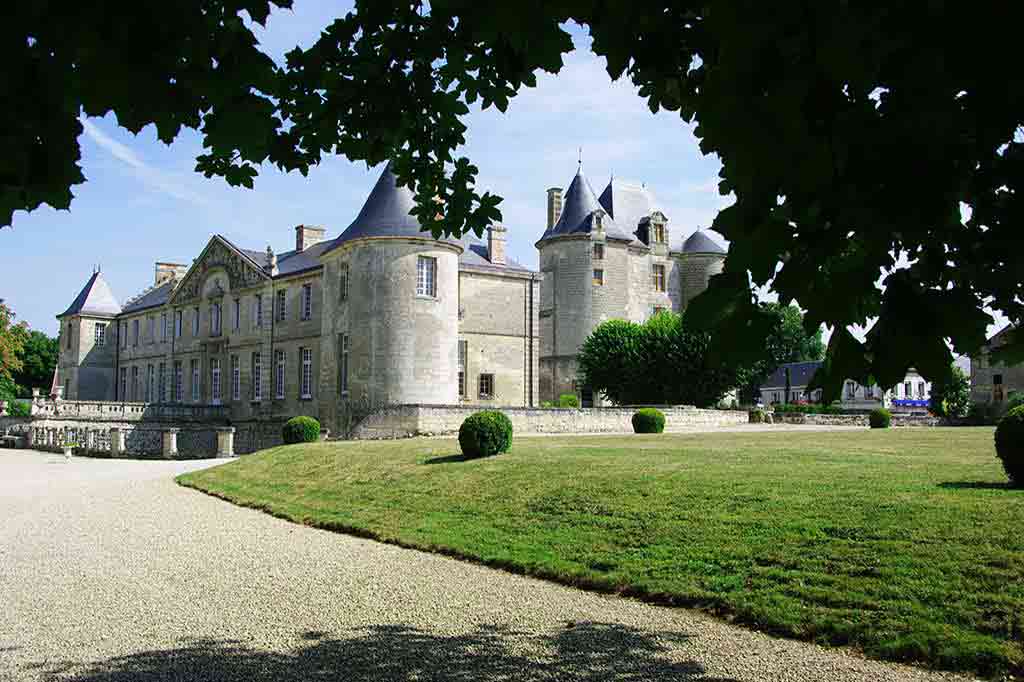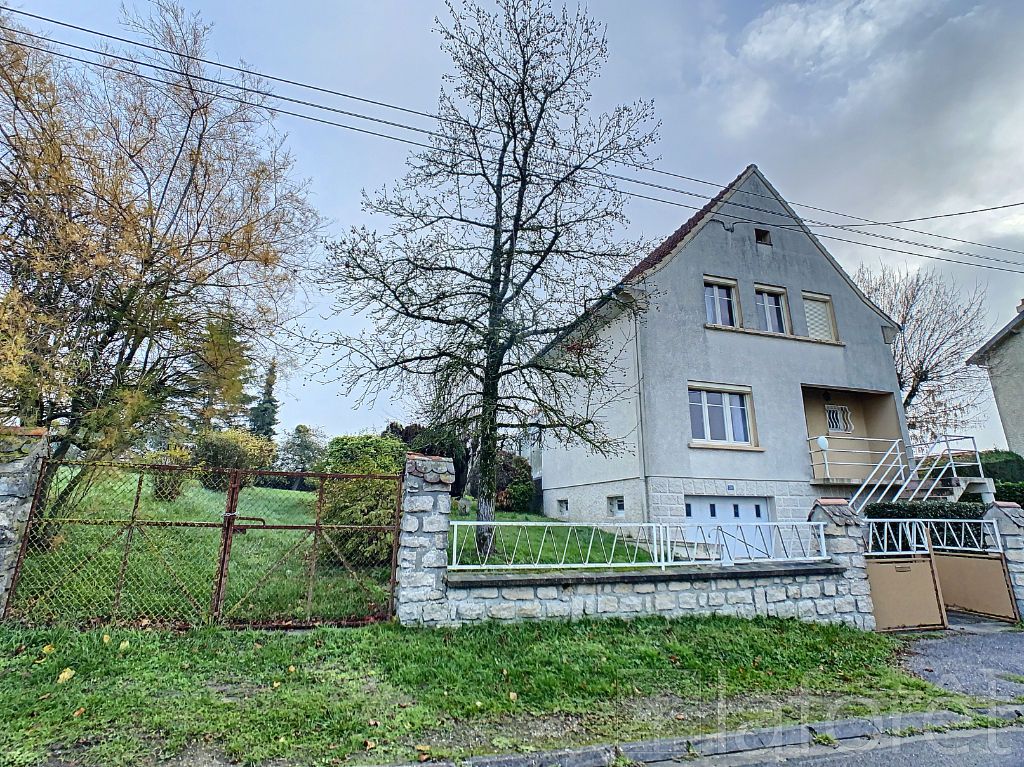

To date, few studies specifically reported the management and prognosis of the elderly patients in the context of SARS-CoV-2 lower respiratory tract infection, but none were focused on a population admitted in ICU. These data may serve policymakers to properly and fairly allocate health care resources to that population and also to provide transparent information to the patient and caregivers. Therefore, there is an urgent need to provide consistent data on the management and prognosis of the elderly patients in the intensive care unit (ICU). One of them is the decision to admit the oldest patients in the ICU, which should be guided by robust data on the outcomes of that population. Given the heavy burden of ARDS-related SARS-CoV-2 infection in terms of health care resources and the worrisome prognosis of this disease, the pandemic has raised several ethical questions. Then, the case fatality rates observed in ARDS-related SARS-CoV-2 is close to 30–40%, but can reach 70% in the older patients. The prognosis of this disease widely varies between countries, the age of the patients, the characteristics of the population studied, and the severity of the ARDS.


The furniture in the château in the second half of the 19th century is known by the inventory after the death of Armand-François-Marie de Biencourt (1854) and the description of the furniture (1898).The severe acute respiratory syndrome coronavirus 2 (SARS-CoV-2) is a risk factor for acute respiratory distress syndrome (ARDS) that is currently a major healthcare challenge worldwide. Refurnishing the ground floor apartments according to when it was occupied by the Marquis of Biencourt will enable portraying the lifestyle and tastes of this family. Thanks to the considerable fortune of his wife, the Marquis made the Château d'Azay-le-Rideau a popular place for its architecture and gardens but also for its collections, a veritable private museum open to visitors from the middle of the century.

From these documents, furniture, as close as possible to that described, is acquired and placed in the château. This refurnishing is based on significant research work: the archives enable us to know what furniture was owned by the successive owners of the château. The floor retains much of its original distribution dating from the Renaissance The Centre des Monuments nationaux is conducting an ambitious policy of refurnishing the Château d'Azay-le-Rideau, in partnership with Le Mobilier National, in order to restore the furniture and furnishings of the ground floor according to how they were when it was occupied by the Marquis of Biencourt in the mid 19th century. "At the residence of Mr de Biencour in Azay le Rideau" by Soulès, Eugène Edouard (1811-1876)


 0 kommentar(er)
0 kommentar(er)
